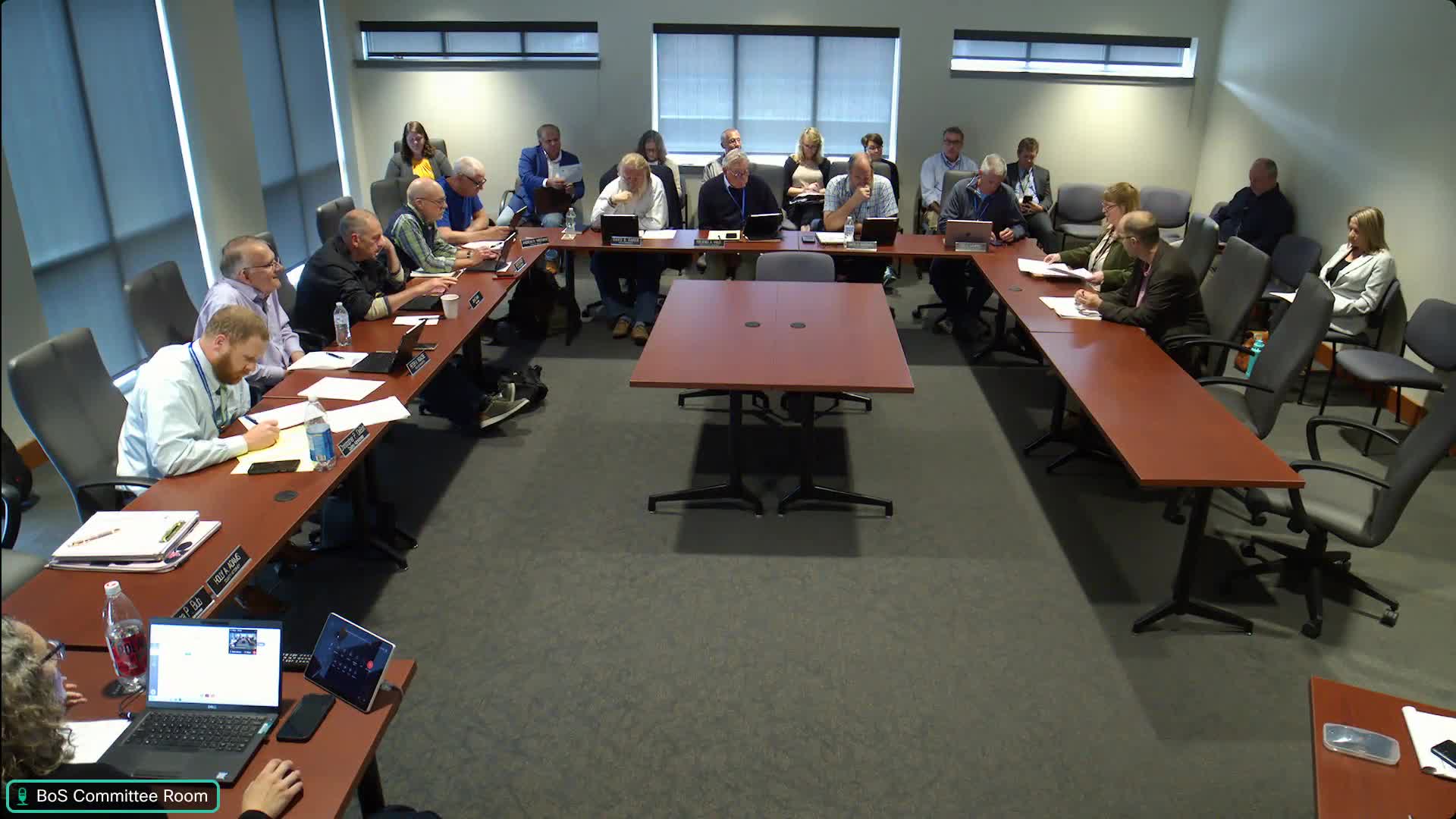County faces backlash over new commercial appraisal limits
June 12, 2024 | Ontario, New York

This article was created by AI summarizing key points discussed. AI makes mistakes, so for full details and context, please refer to the video of the full meeting. Please report any errors so we can fix them. Report an error »

In a recent government meeting, officials discussed the implementation of a new appraisal program aimed at assisting local assessors with complex commercial and industrial properties. The initiative, mandated by law, seeks to fill the gap left by the retirement of a previous appraiser and will utilize two unfilled budgeted positions to fund contract appraisals.
The program is designed to provide assessors with a valuation factor file, which will streamline the appraisal process for various commercial properties, including gas stations and grocery stores. This file will allow assessors to generate reports with essential data on interest rates, expenses, and capitalization rates at the push of a button, enhancing their ability to assess property values accurately.
However, the proposal faced criticism from some officials who expressed concerns about limiting the number of contract appraisals to just two. Critics argued that this restriction could hinder municipalities, particularly smaller ones, from effectively managing their commercial property assessments. They emphasized that local assessors often lack the expertise required for complex appraisals and that the county should provide more support rather than less.
In response, proponents of the program highlighted that the decision to limit the number of appraisals was a temporary measure aimed at managing budget constraints. They assured that if the need arises, they would seek to amend the budget to allow for additional appraisals in the future. The discussion underscored the ongoing challenges faced by local governments in balancing budgetary limitations with the need for adequate resources to support property assessments.
Additionally, the meeting included a request for a capital improvement project to upgrade shelving for records storage, which was approved unanimously. This project aims to enhance space efficiency and comply with safety regulations, further demonstrating the county's commitment to improving operational capabilities.
Overall, the meeting reflected a critical juncture for local property assessment practices, with officials navigating the complexities of funding, expertise, and community support.
The program is designed to provide assessors with a valuation factor file, which will streamline the appraisal process for various commercial properties, including gas stations and grocery stores. This file will allow assessors to generate reports with essential data on interest rates, expenses, and capitalization rates at the push of a button, enhancing their ability to assess property values accurately.
However, the proposal faced criticism from some officials who expressed concerns about limiting the number of contract appraisals to just two. Critics argued that this restriction could hinder municipalities, particularly smaller ones, from effectively managing their commercial property assessments. They emphasized that local assessors often lack the expertise required for complex appraisals and that the county should provide more support rather than less.
In response, proponents of the program highlighted that the decision to limit the number of appraisals was a temporary measure aimed at managing budget constraints. They assured that if the need arises, they would seek to amend the budget to allow for additional appraisals in the future. The discussion underscored the ongoing challenges faced by local governments in balancing budgetary limitations with the need for adequate resources to support property assessments.
Additionally, the meeting included a request for a capital improvement project to upgrade shelving for records storage, which was approved unanimously. This project aims to enhance space efficiency and comply with safety regulations, further demonstrating the county's commitment to improving operational capabilities.
Overall, the meeting reflected a critical juncture for local property assessment practices, with officials navigating the complexities of funding, expertise, and community support.
View full meeting
This article is based on a recent meeting—watch the full video and explore the complete transcript for deeper insights into the discussion.
View full meeting
